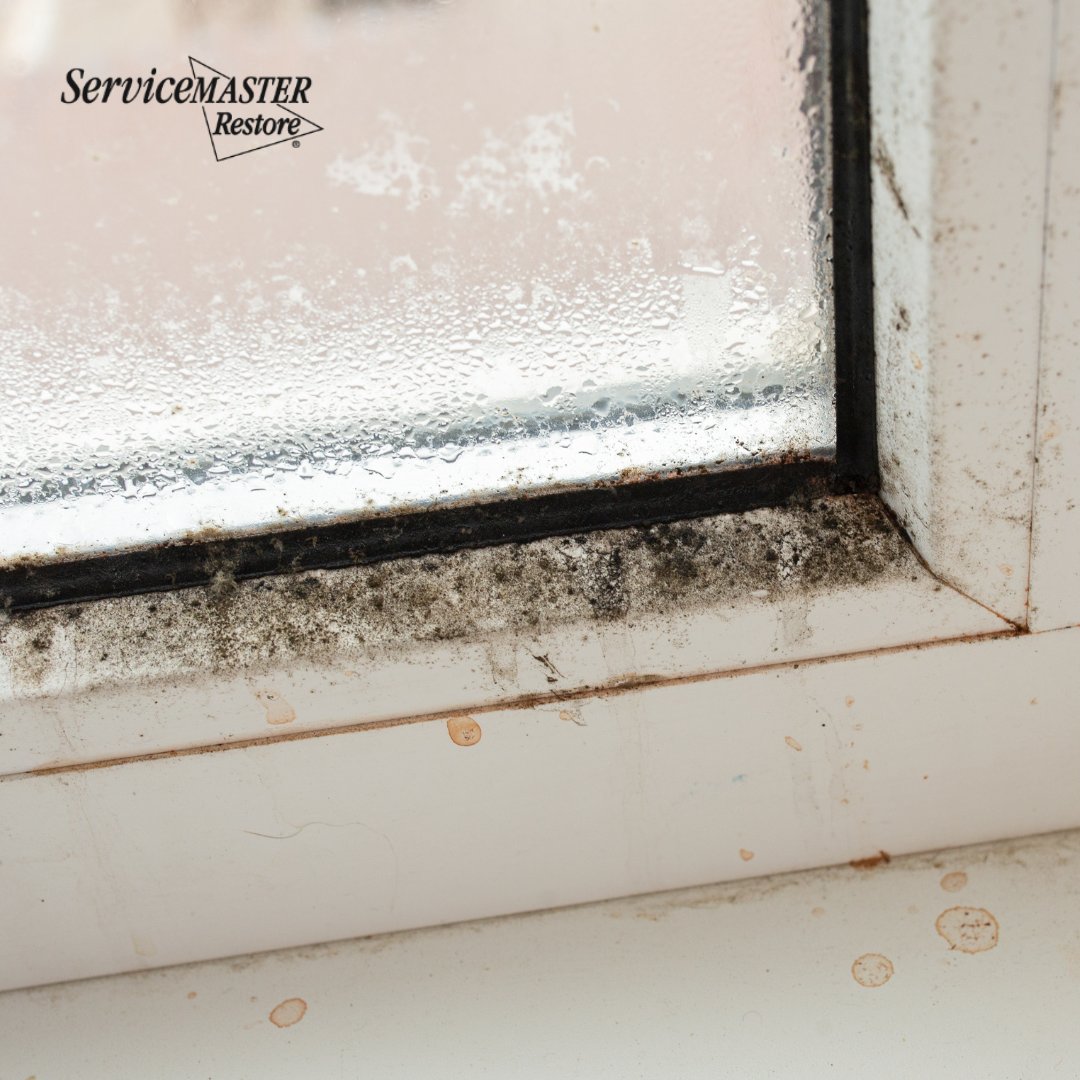
Cold and wet winter months can create the perfect atmosphere for mold to grow. When water from rain, sleet and snow during the winter months gets tracked inside, the increased moisture can create more humid conditions inside your home, allowing mold to grow more quickly. In the right conditions mold can begin growing within 24 to 48 hours. Mold growth can often remain undetected until the spores have already affected large areas of your property and caused considerable structural damage. When it comes to mold, prevention is better than repair. Below are some tips on how to prevent mold from growing within your home.
THREE EASY WAYS YOU CAN IMPROVE AIR CIRCULATION
Open Windows. One of the easiest ways to improve home air flow is to open your windows whenever the weather permits. By opening some windows or doors on opposite sides of the home, you’ll create cross-ventilation that allows fresh air to flow through the home, carrying excess humidity and moisture out with it. If there isn’t much of a breeze that day, you can help things out by positioning a fan in or near a window, pointing inward into the living space, in order to stimulate cross-ventilation.
Install Fans. Ceiling fans, bathroom fans, attic fans, and kitchen exhaust fans are ideal for improving air circulation in the house. Ceiling fans in each room enhance air flow while keeping you cool during warm weather. In your bathrooms, fans are even more helpful. Bathrooms are notoriously moldy environments due to the high amount of moisture there. Bathroom fans vent humid air outside while also drawing fresh air into the bathroom to help dry things out. If you have an attic, it’s important to vent the space in order to prevent moisture and mold accumulation. Finally, you can also use the “fan only” option on your HVAC system to improve home air flow.
Add A Dehumidifier. Since mold loves humidity, using a dehumidifier to reduce atmospheric moisture is a great way to stop mold in its tracks. Dehumidifiers both dry out air and help circulate it and are great for targeting certain areas of the home, such as basements, that can tend to have poorer air flow or increased humidity. In these cases, dehumidifiers are also a more energy-efficient way of focusing on problem areas versus running your entire air-conditioning system.
KNOW WHEN TO CALL A PROFESSIONAL
If you can’t readily see a moisture problem but you find traces of mold growing in your home, it may be time to seek professional help from the experts at ServiceMaster Restore®. Our home restoration specialists have the training, experience, and equipment to treat, reduce and control mold safely and effectively so your home can become your personal safe haven again. Let us use our proven expertise to create a comprehensive mold remediation plan that can prevent long-term damage to your home and health.




